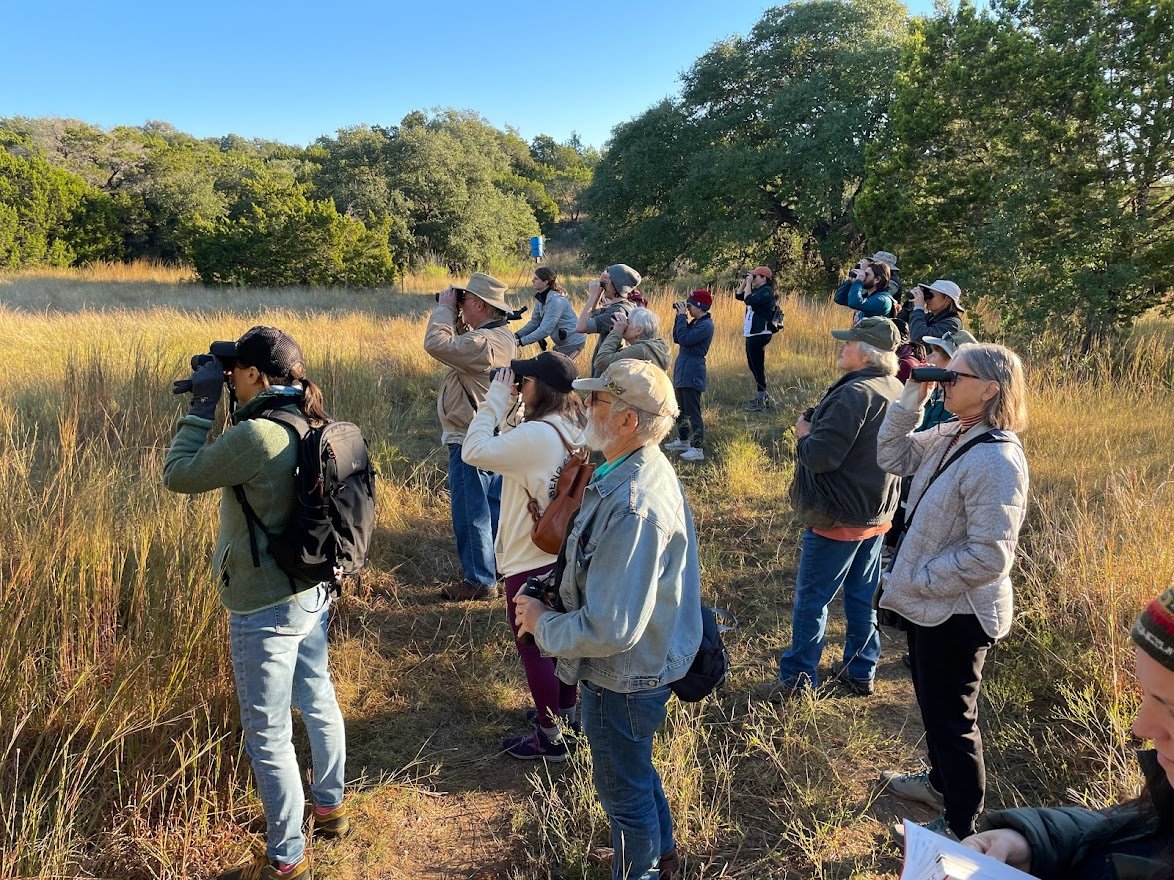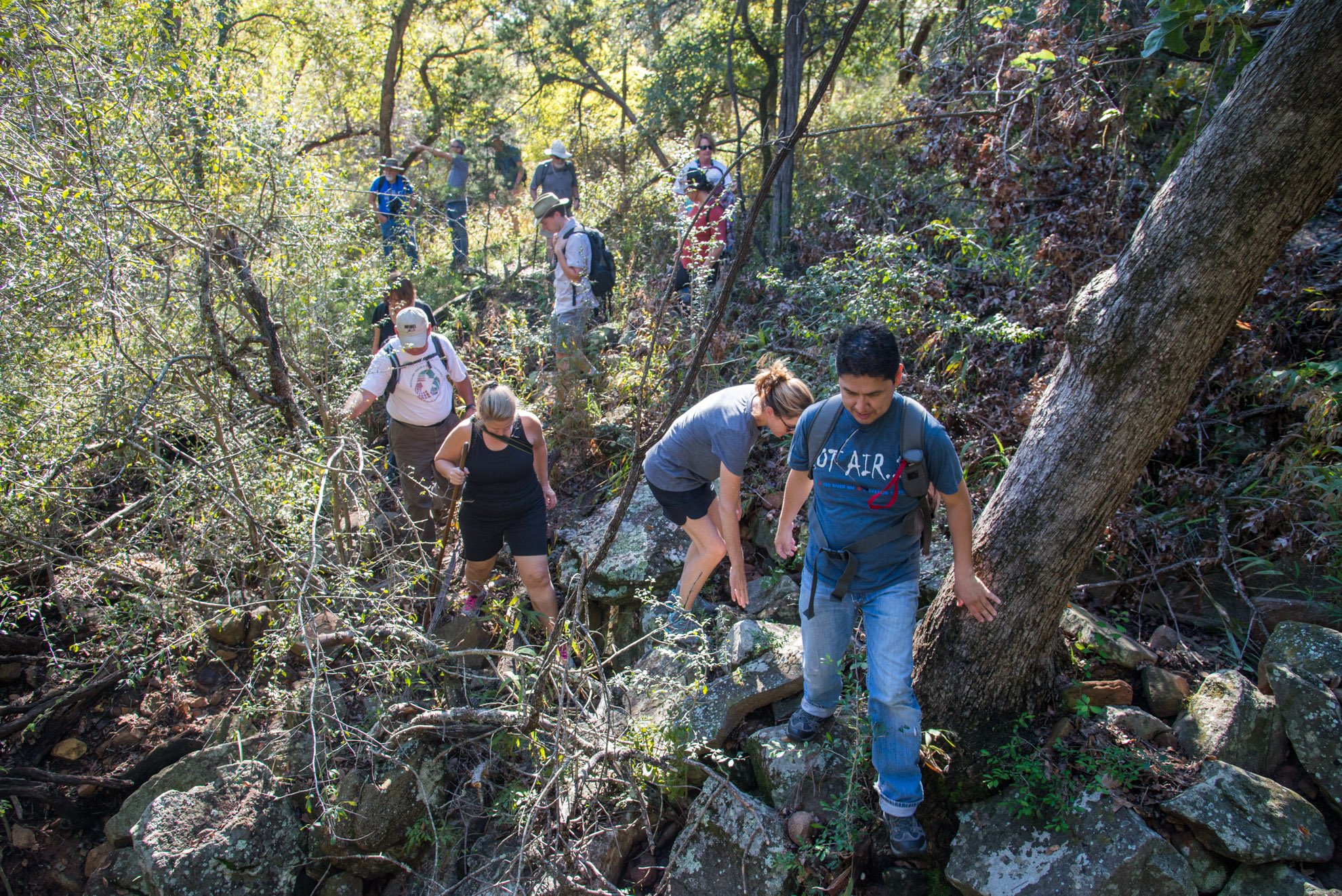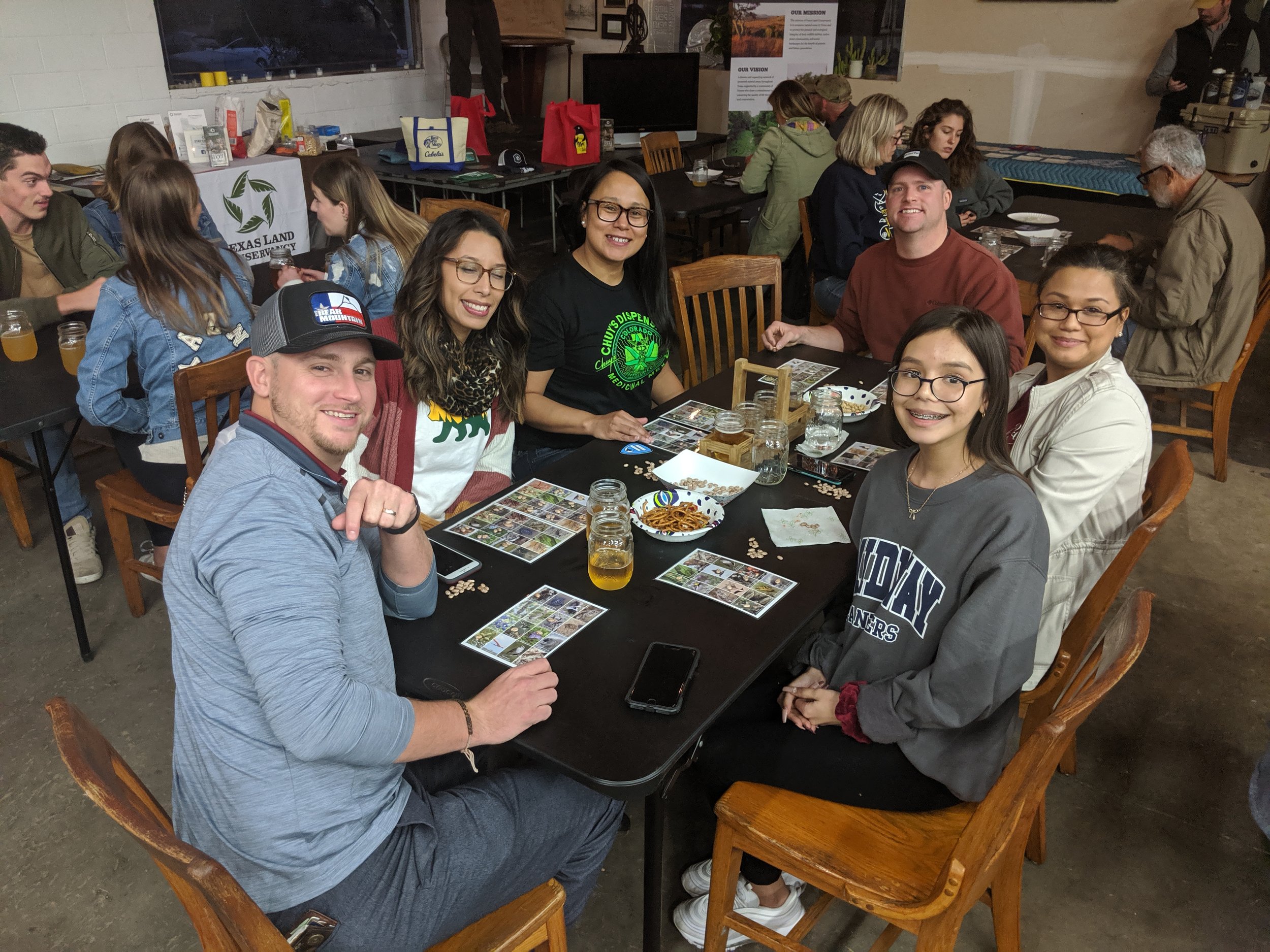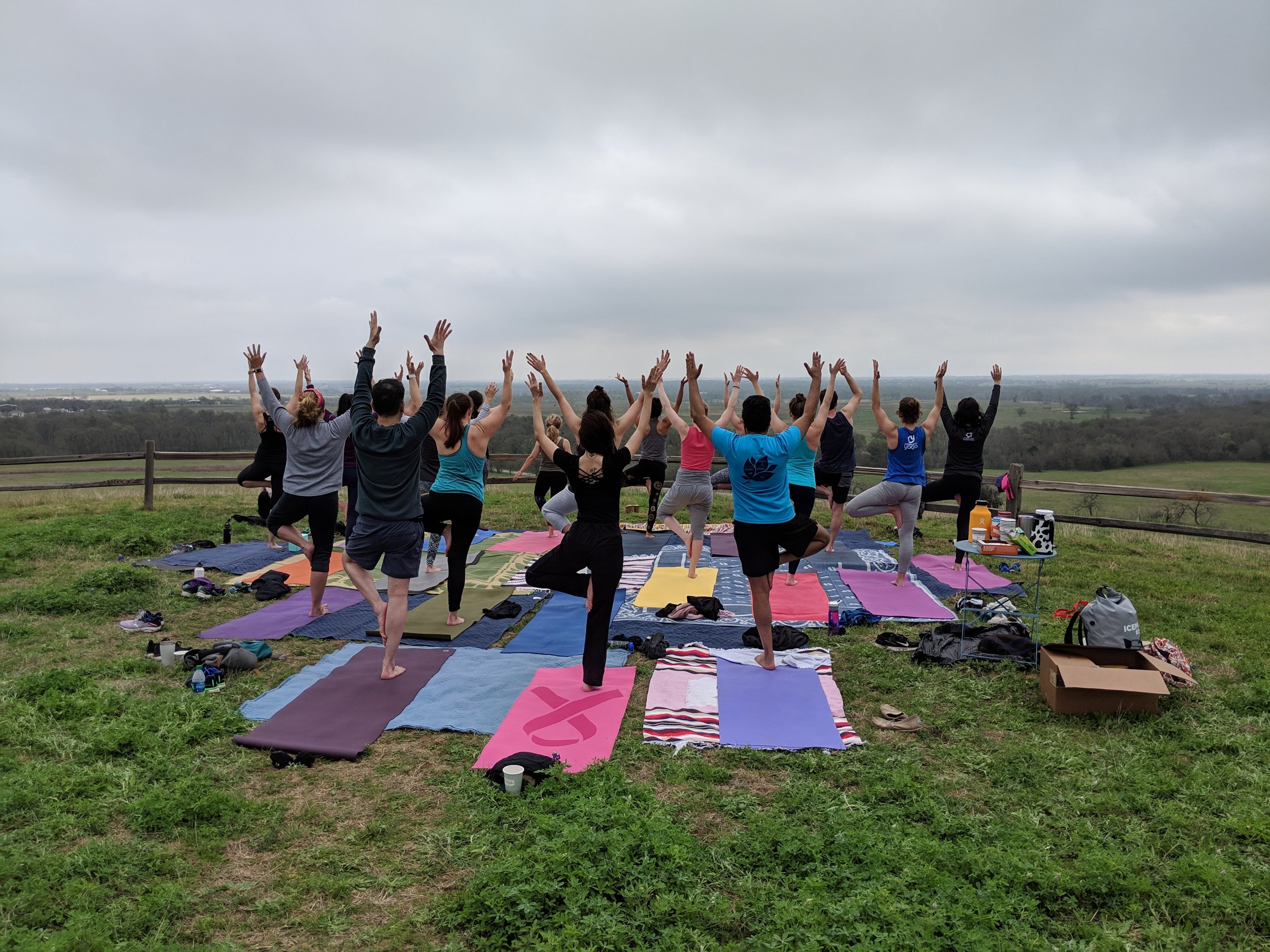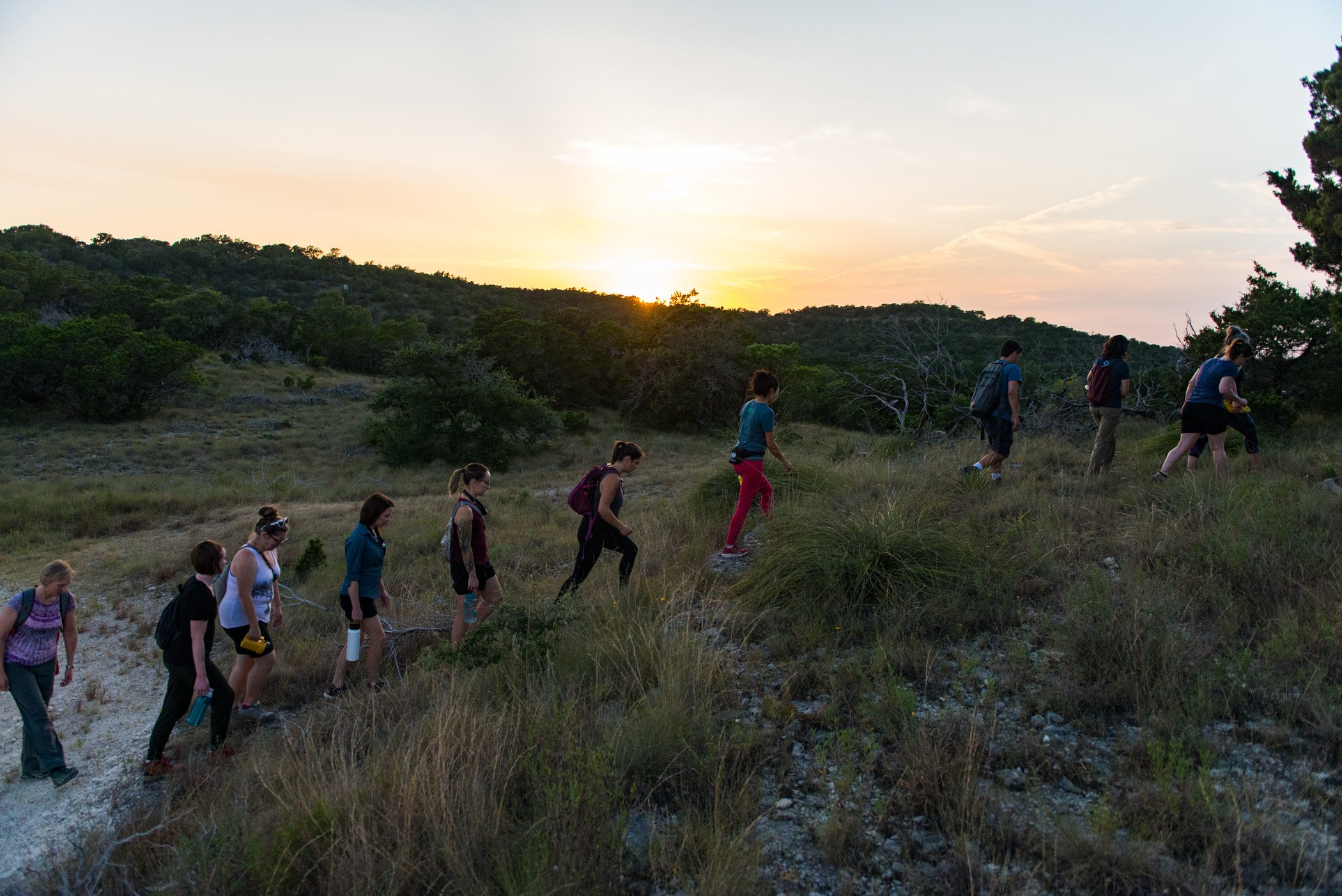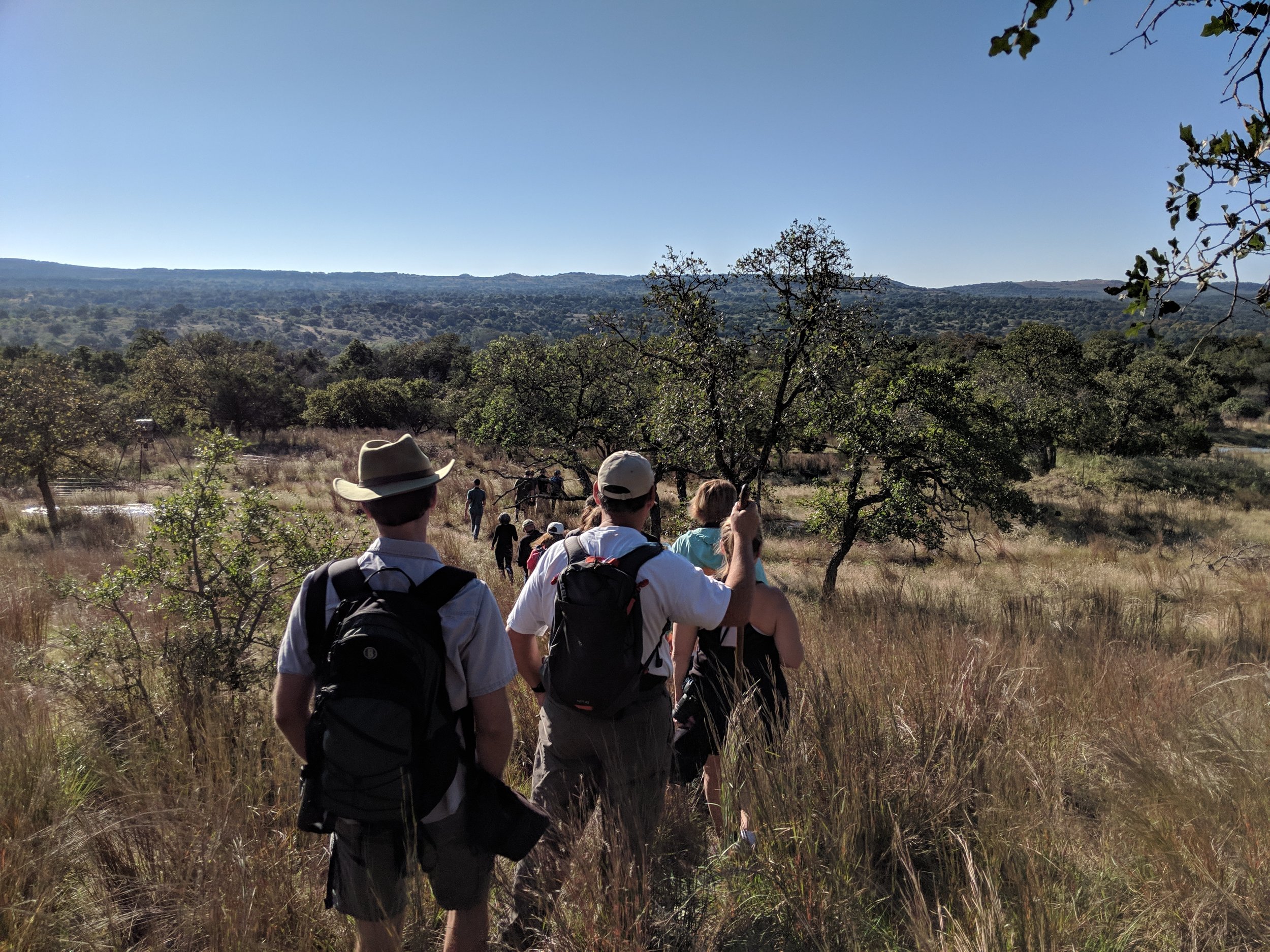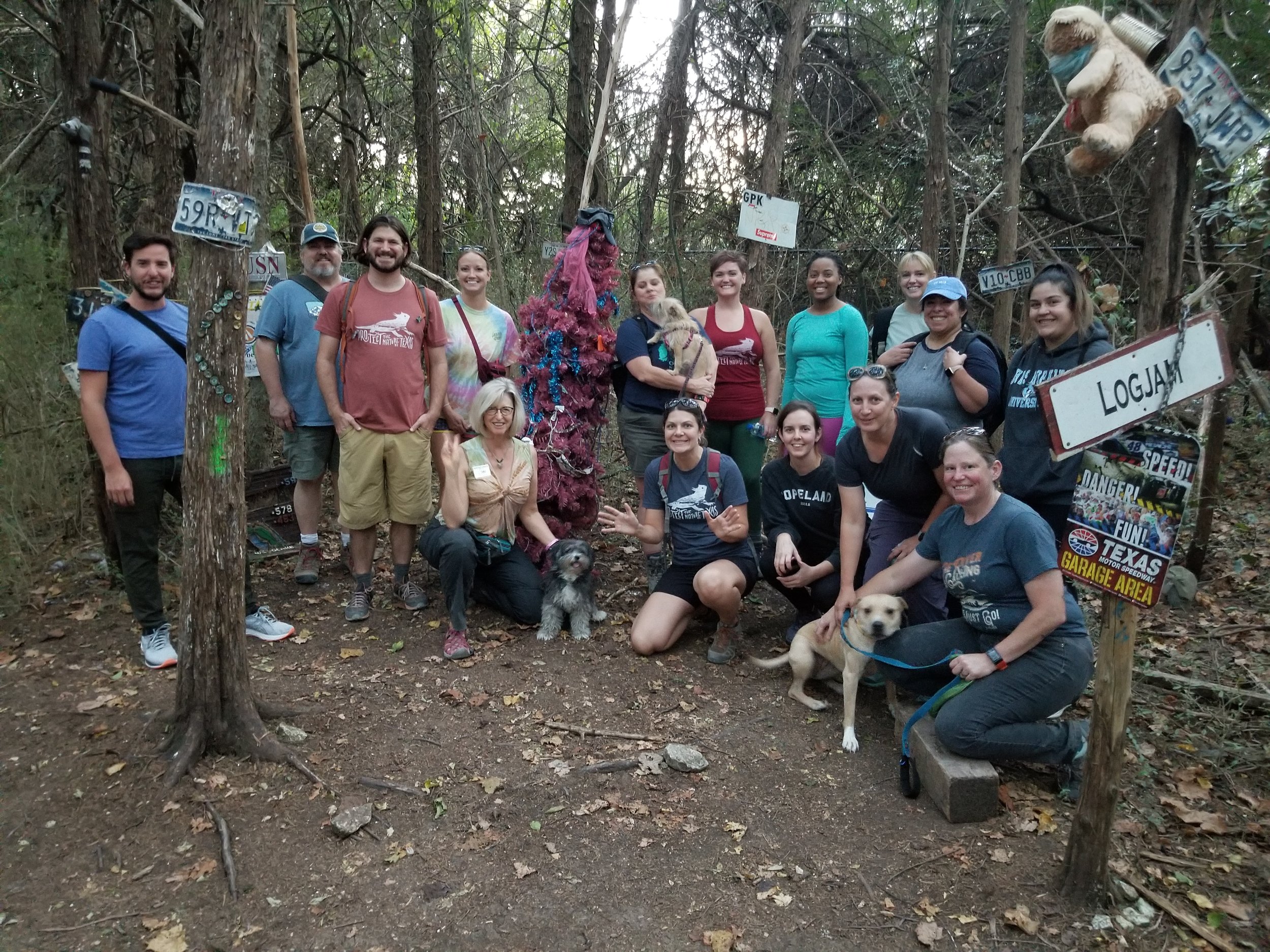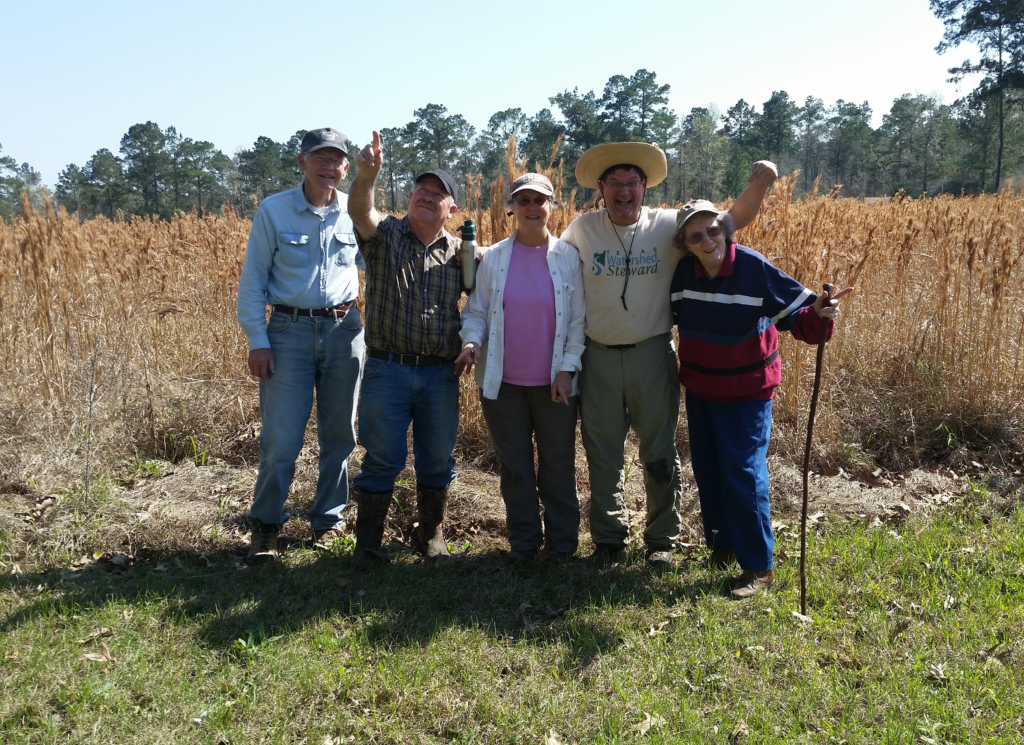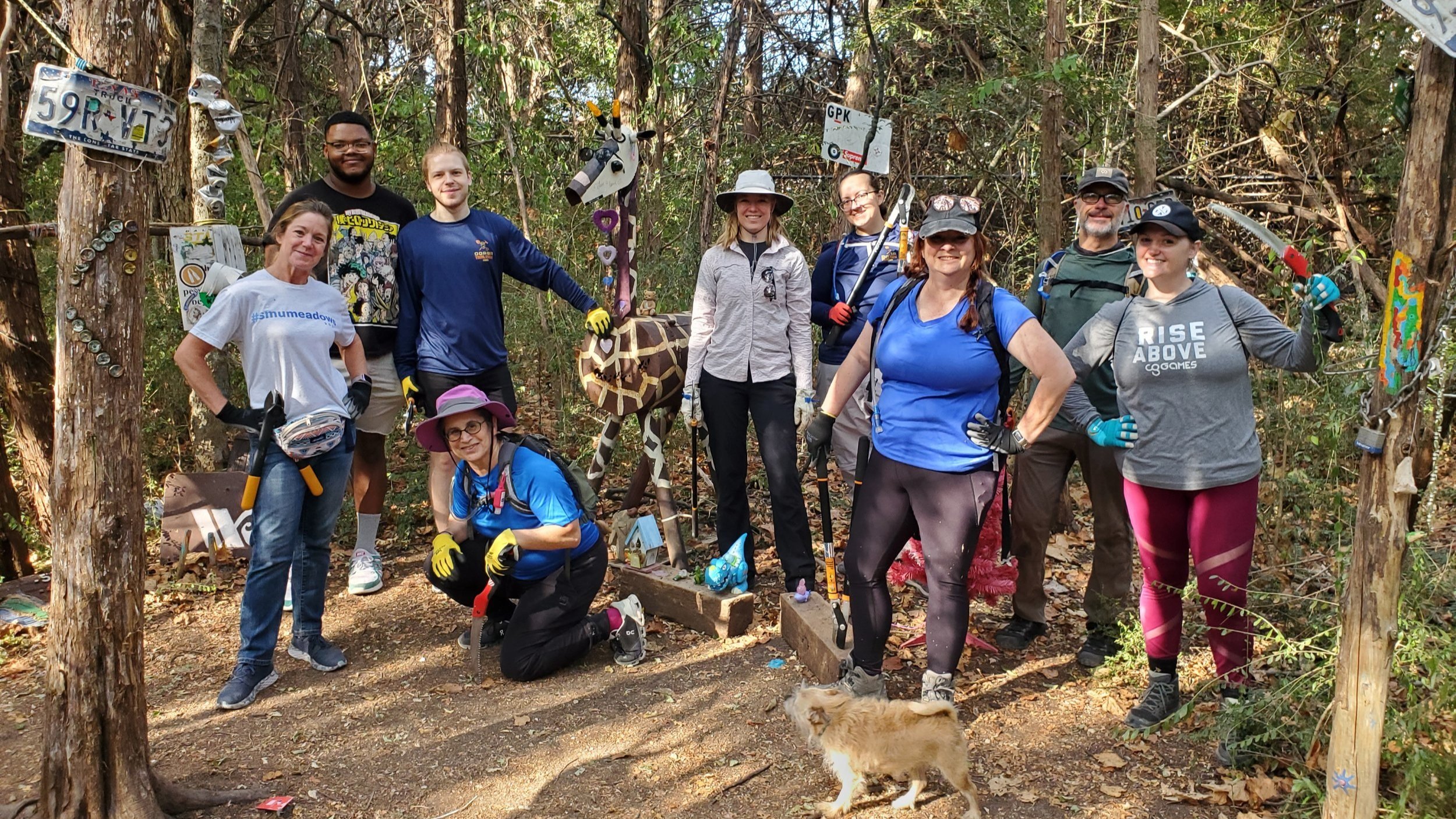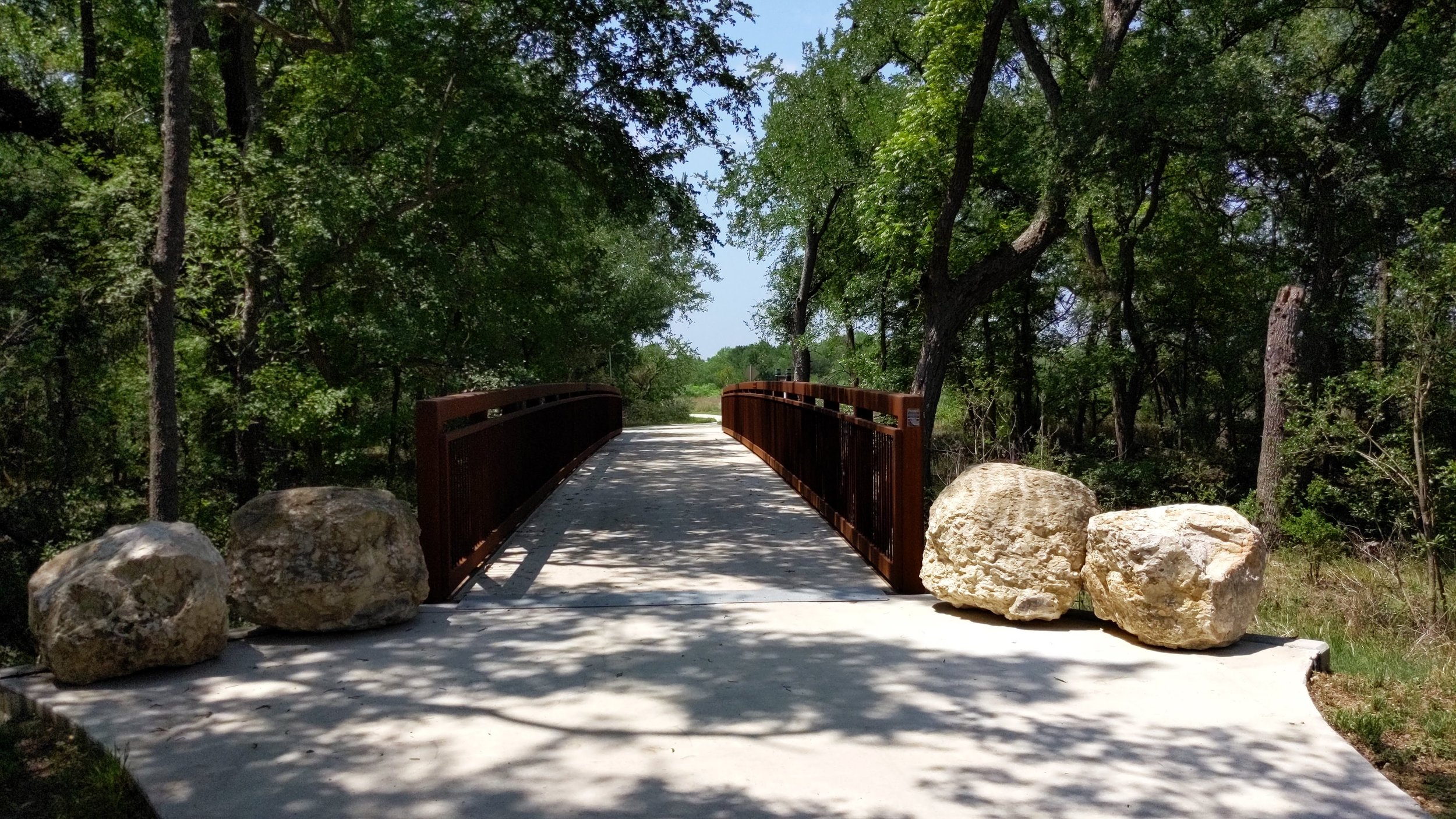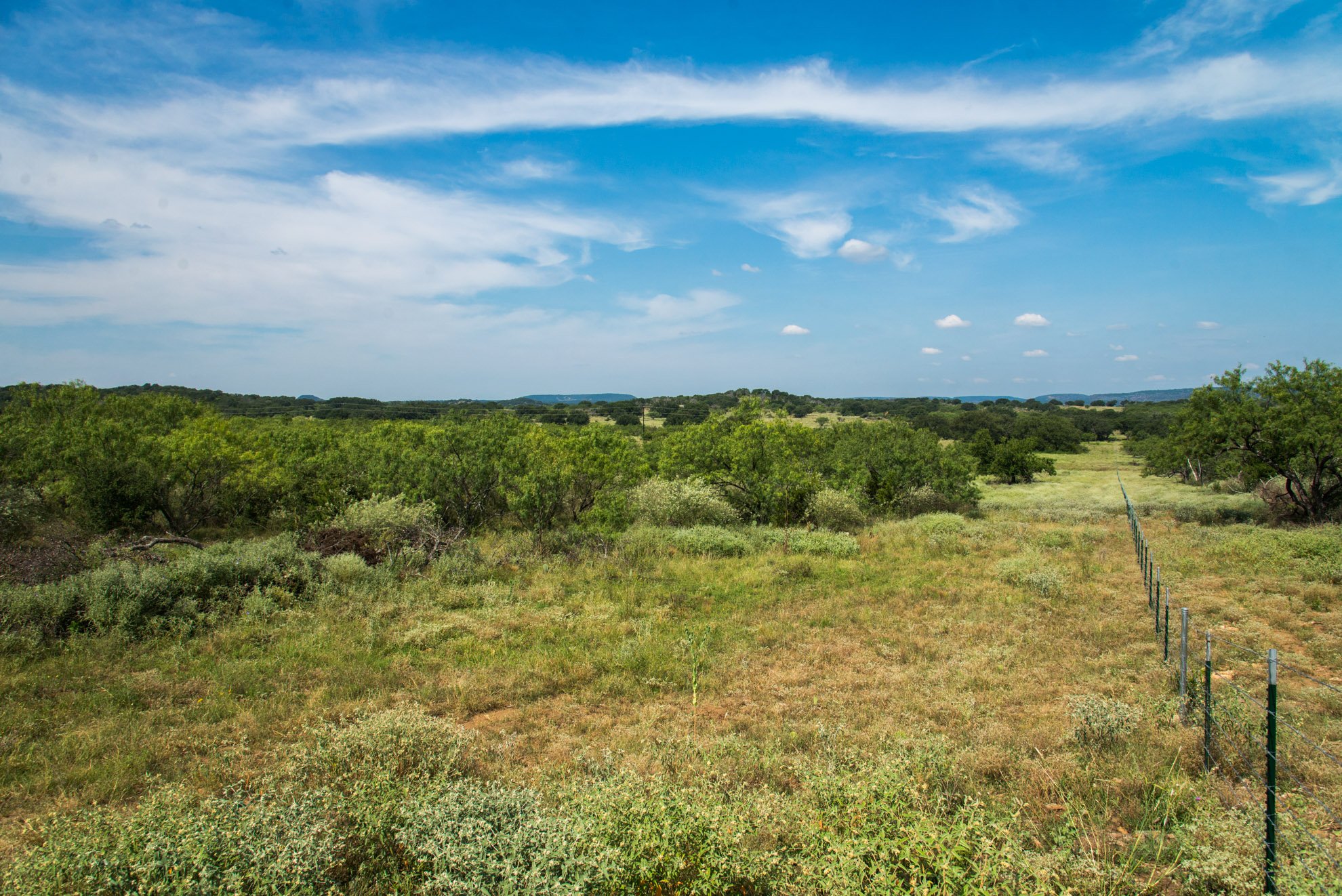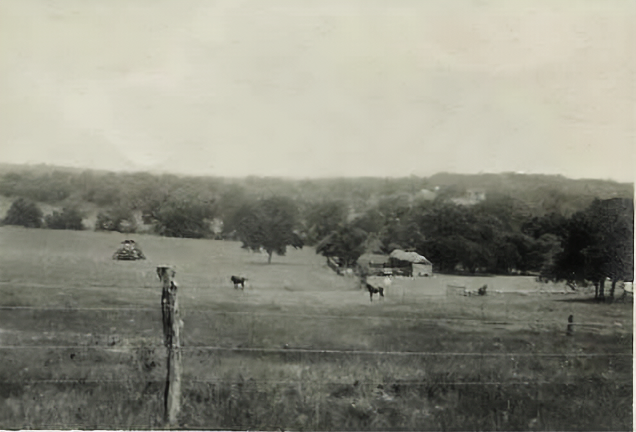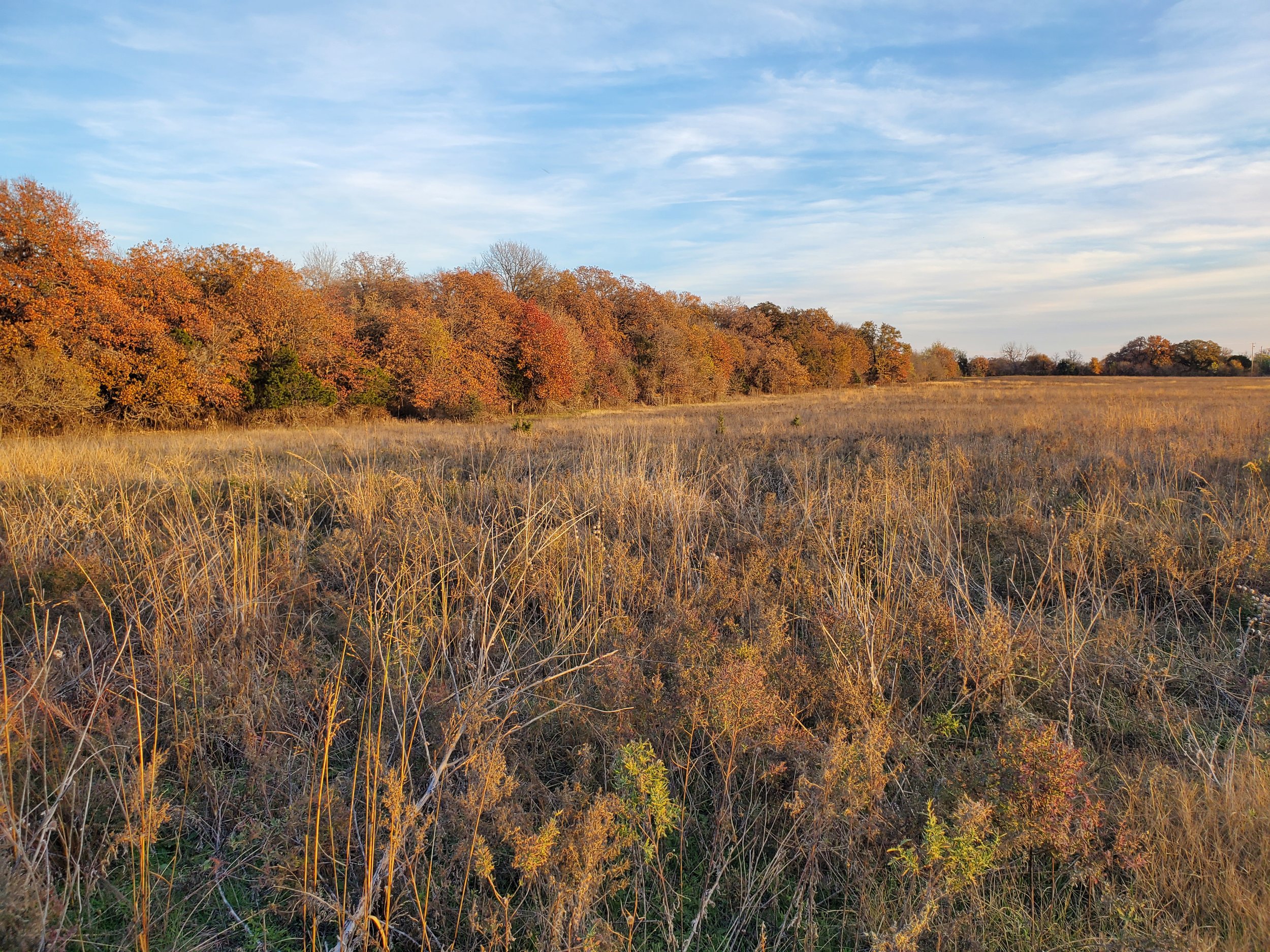
Give a gift that will last forever.
Protecting land in Texas since 1982
Our mission is to conserve natural areas in Texas and to protect the physical and ecological integrity of their water, wildlife habitat, native plant communities, and scenic landscapes. We work with communities, private landowners, governments, and other partners to protect these natural treasures for the benefit of present and future generations.
What We Do
Work with Landowners
TLC supports landowners who wish to protect the natural resources of their property in perpetuity…that means forever.
Stewardship
Our stewardship team is responsible for visiting each of our protected properties once a year to make sure the conditions of the voluntary conservation agreement are upheld.
Connect People to Nature
We engage the community by providing access to natural areas in Texas through guided hikes, work days, and other events that help people develop a love for the nature of Texas.
